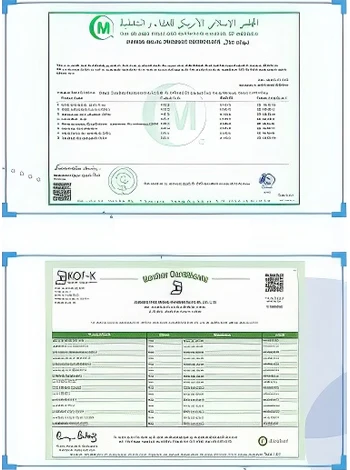



Effective Methods for Purifying Swimming Pool Water and Maintaining Cleanliness
Swimming Pool Water Purification A Comprehensive Guide
Maintaining clean and safe water in swimming pools is critical for the health and enjoyment of swimmers. Pool water purification not only enhances the appearance of your pool but also ensures the water is free from harmful contaminants. This process involves several methods and technologies designed to keep the water clear, clean, and safe for recreational use. In this article, we will explore the various aspects of swimming pool water purification.
One of the most common methods of pool water purification is the use of chlorine. Chlorine is a powerful disinfectant that eliminates bacteria, viruses, and algae. When added to pool water, chlorine undergoes a chemical reaction that produces hypochlorous acid, which effectively destroys harmful pathogens. It's essential to maintain the correct chlorine levels, typically between 1 to 3 parts per million (ppm), to ensure optimal disinfection. However, relying solely on chlorine can lead to byproducts that may irritate the skin and eyes of swimmers.
An alternative to chlorine is the use of bromine, which serves as another effective sanitizer. Bromine is more stable than chlorine at higher temperatures, making it an excellent choice for heated pools and spas. Unlike chlorine, bromine does not produce a strong odor, making swimmers more comfortable. However, bromine is typically more expensive and must be maintained at higher levels in the water.
Another popular purification method is the use of saltwater systems. In saltwater pools, a salt chlorine generator converts salt into chlorine through a process called electrolysis. This method provides a constant supply of chlorine, reducing the need for manual addition. Saltwater pools are often more gentle on the skin and eyes and can lower the overall maintenance costs in the long run.
swimming pool water purification

In addition to chemical sanitizers, physical methods of purification play a crucial role in keeping pool water clean. Filtration systems remove physical debris such as dirt, leaves, and other particles from the water. There are several types of filtration systems, including sand filters, cartridge filters, and diatomaceous earth (DE) filters. Each system has its advantages and can be selected based on pool size and maintenance preferences.
Regular maintenance is key to effective pool water purification. This includes routine testing of water chemistry, cleaning filters, and ensuring that the chemical balance of the pool is stable. Automated pool cleaners can assist in maintaining cleanliness by removing debris from the pool floor and walls, reducing the workload on the filtration system.
Furthermore, UV (ultraviolet) and ozone systems have gained popularity as supplementary purification methods. UV systems use light to deactivate microorganisms, while ozone systems produce ozone gas that serves as a powerful oxidizer and disinfectant. These technologies help to improve water quality and reduce the reliance on traditional chemicals.
In conclusion, swimming pool water purification is a multifaceted process involving chemical, physical, and advanced technologies. By employing a combination of methods—such as chlorine or bromine sanitization, effective filtration, and automated maintenance—pool owners can ensure that their water remains clean, safe, and enjoyable for all swimmers. Regular monitoring and maintenance are essential for the longevity of the pool and the health of its users.
-
High-Purity Strontium Chloride (SrCl2) for Lab & IndustryNewsAug.31,2025
-
Anhydrous Formic Acid 80% 85% 94% - High Purity SolutionsNewsAug.30,2025
-
Accurate Fire Assay Flux for Gold & Silver Ore AnalysisNewsAug.29,2025
-
Advanced Paint Chem Solutions: Quality Chemicals for CoatingsNewsAug.28,2025
-
Potassium Nitrate: The Ultimate Fertilizer for Agriculture and GardeningNewsAug.25,2025
-
Potasium Persulphate: A Versatile Chemical for Industrial ApplicationsNewsAug.25,2025
-
Industrial Applications of Sodium HydroxideNewsAug.25,2025










